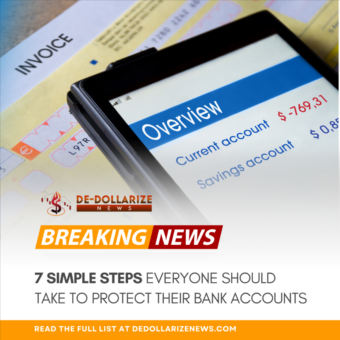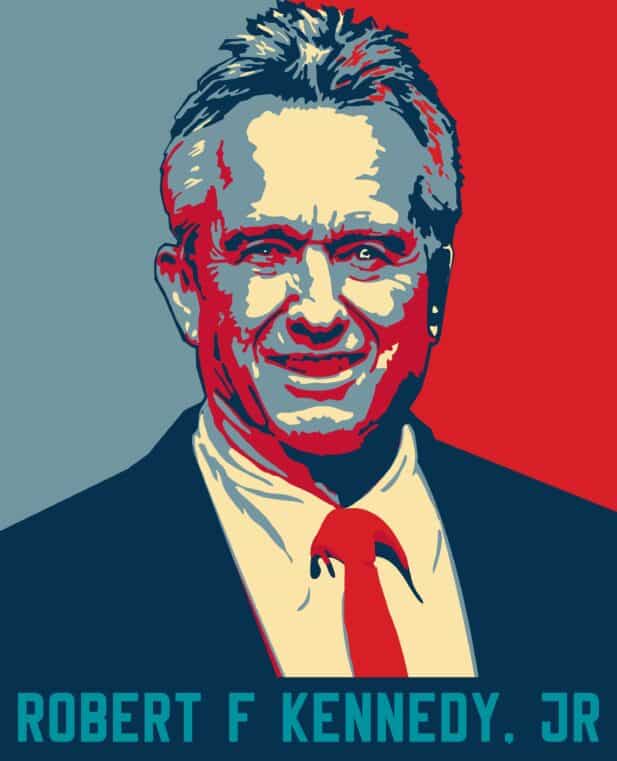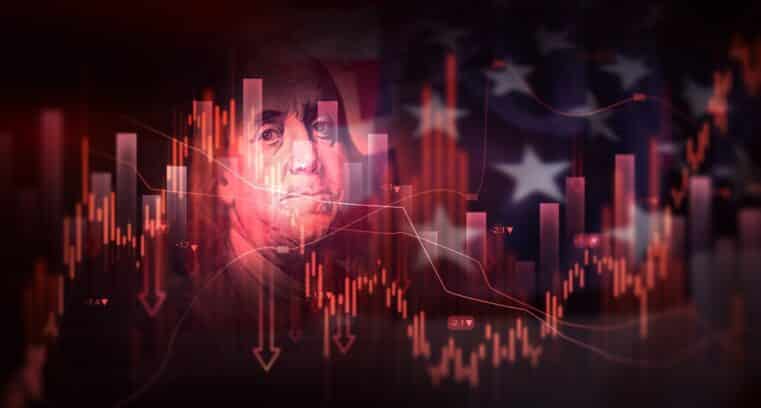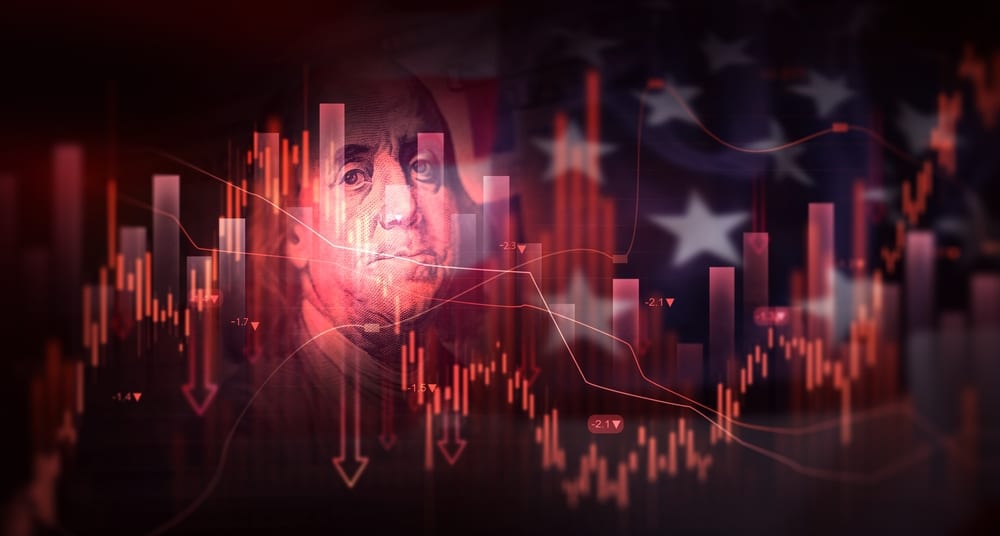
Fed Fight or Federal Overreach Lisa Cook Lawsuit Revives Bigger Debate About Central Bank Power
The Cook Controversy: One Governor, 600 Economists, and a Nation on Edge
Nearly 600 economists—including high-profile names like Nobel laureate Joseph Stiglitz and former Council of Economic Advisers Chair Jared Bernstein—have signed an open letter in support of Federal Reserve Governor Lisa Cook. Their message? Leave the Fed alone. The letter argues that threats to remove Cook from her post—initiated by former President Donald Trump over unproven mortgage allegations—represent a fundamental threat to central bank independence.
Cook, notably the first Black woman to serve on the Federal Reserve Board of Governors, was appointed in 2022 to a 14-year term set to expire in 2038. Her legal team is suing Trump, claiming he lacks the constitutional authority to fire her. Trump, however, maintains she’s already been dismissed. The unprecedented standoff will likely head to the Supreme Court, setting up what could be a landmark case in the history of American monetary governance.
But amid the noise about race, politics, and legal technicalities, there’s a much larger question lurking in the background: Who really controls the money—and who should?
The Case for Fed Independence—and Its Limits
There’s no denying that a politically captured Federal Reserve is a dangerous prospect. The central bank’s supposed independence was designed to prevent short-term electioneering from distorting long-term economic planning. The 14-year term limit for governors wasn’t an accident—it was a structural safeguard.
But independence doesn’t mean infallibility. And more importantly, it doesn’t mean immunity from accountability.
The Federal Reserve has engaged in extraordinary monetary experiments over the past two decades—zero interest rate policy, multiple rounds of Quantitative Easing, and a ballooning balance sheet. These moves have helped asset holders, yes, but they’ve also contributed to massive inequality, asset bubbles, and the erosion of the dollar’s purchasing power.
So the economists rallying behind Lisa Cook aren’t wrong to defend institutional independence. But let’s not pretend that the Fed hasn’t done plenty to erode public trust on its own. The central bank has become both market-maker and market manipulator. It prints the money, sets the rates, distorts the signals, and pretends it’s just a neutral referee. That’s not independence—that’s unaccountable power.
Executive Overreach or Constitutional Oversight?
At the same time, we must be cautious about executive overreach. If a sitting or former president can fire a Fed governor on a whim—or even under the guise of “allegations”—we open the door to politicized monetary policy, banana republic economics, and total erosion of financial stability. That’s not a hypothetical. We’ve seen it play out in places like Turkey, Argentina, and Venezuela. It never ends well.
But here's the rub: just because a central bank should be independent doesn’t mean it should be untouchable. There must be a mechanism for addressing misconduct or failure. Otherwise, you have an institution that answers to no one while holding the power to destroy currencies, crush savings, and enrich the politically connected.
So we’re caught between two dangers: a politicized Fed, or a Fed that’s too insulated to be reformed. That’s not a choice between right and left. It’s a systemic dilemma—and one that no party is eager to fix, because both benefit from the illusion of control.
The Bigger Problem: The Fed’s Power Is the Real Threat
Let’s be clear: This isn’t just about Lisa Cook. It’s about the entire architecture of modern monetary policy. We live in a system where unelected officials—appointed and confirmed in a political process but rarely challenged afterward—can make decisions that wipe out retirement accounts, inflate housing prices, and manipulate credit markets, all while claiming neutrality.
Ask yourself this: If the Fed were truly neutral, why did it inject trillions into failing banks while letting consumers drown in inflation? Why does it target “price stability” while turning a blind eye to the cost of living? Why does it preach independence while coordinating its actions with Treasury Departments and global central banks?
This is what Bill Brocius has been warning about for years. In The End of Banking As You Know It, he lays out the quiet transformation of the Fed into a quasi-governmental corporate cartel—one that serves neither the public nor the free market. If you’re still trusting this system to look out for your savings, you’re not paying attention.
Time to Opt Out: How to Protect Yourself From Both the Fed and Political Chaos
Whether you’re worried about the Fed being hijacked by politicians, or the Fed operating like an unregulated fourth branch of government, the solution is the same: get your money out of their system. That means holding tangible assets—gold, silver, real property—and diversifying into alternatives like decentralized cryptocurrencies.
You can’t reform the Fed from the outside, and you can’t trust the government to protect you when the next crisis hits. That’s why you need to take action now.
Start by downloading Bill Brocius’ free guide, 7 Steps to Protect Your Account from Bank Failure. It’s a straightforward roadmap for insulating your wealth from institutional collapse.
Then subscribe to his Inner Circle Newsletter for $19.95/month to get real-time analysis from the man who’s been ahead of every major financial shock for the past two decades.
🔒 Your Next Steps:
- 📘 Download Bill's Free Guide:
7 Steps to Protect Your Account from Bank Failure - 📩 Subscribe to the Inner Circle Newsletter – $19.95/month:
Join Bill Brocius’ Inner Circle - 📖 Read Bill’s Eye-Opening Book:
The End of Banking As You Know It – Available Now
Stay skeptical. Stay informed. And above all—stay independent.











